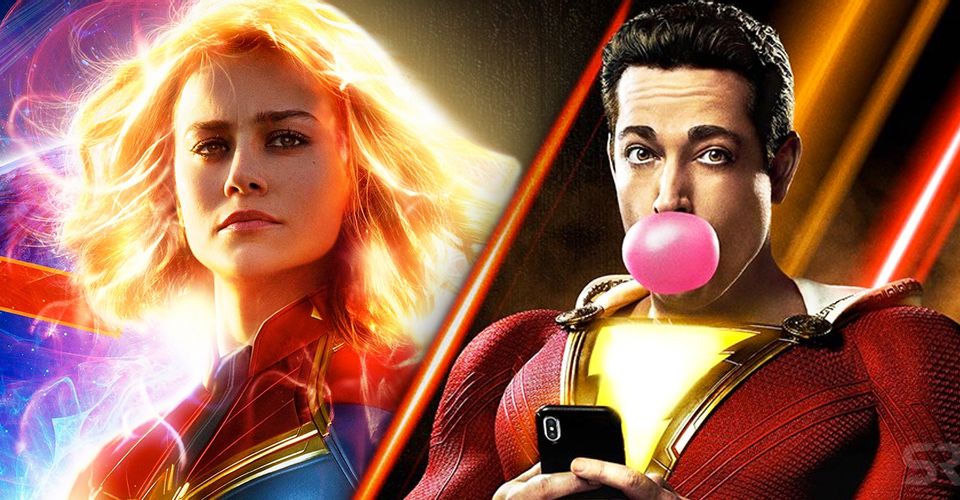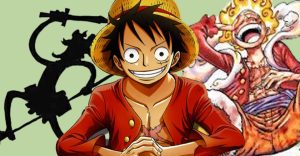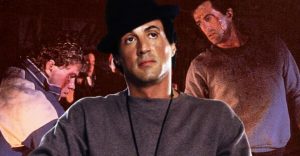Why The Original Captain Marvel Is Now Called Shazam

When the superhero star of Shazam! made his comic book debut back in 1940, he was known as Captain Marvel – so why does Marvel now have the trademark for that name? Created by artist C.C. Beck and writer Bill Parker back in 1939, the superhero then called Captain Marvel was the best-selling superhero of the 1940s – outselling even Superman.
In spite of his popularity, the superhero hasn’t operated under the Captain Marvel name for decades. DC comics has branded and marketed him as Shazam! since they relaunched the character in 1972 and, despite still going by Captain Marvel in the pages themselves, casual readers began to assume that was his actual codename. In 2011, that became official, with DC streamlining their continuity and deciding to officially rename Billy Batson’s alter-ego. Meanwhile, rival publisher Marvel has been releasing comics bearing the title “Captain Marvel” since 1967, with Carol Danvers serving as the latest hero to adopt that title. In an amusing coincidence, a Captain Marvel and a Shazam! film are both releasing in 2019 within weeks of one another.
Related: Sam Raimi’s Spider-Man Had A Hilarious Shazam! Reference Back In 2002
All this has led to a bit of frustration among some fans who’ve treated it as something of a competition. Shazam! star Zachary Levi wasn’t impressed, insisting that attitude does nothing more than give superhero fans of all stripes a bad name. He called out this kind of behavior as the “bottom of the barrel,” and insisted that “anyone out there who’s holding onto some bone like they need to pick a side and pick a fight is sorely mistaken.” But just what has happened? Why does Marvel have a film out called Captain Marvel, while DC’s character is forced to operate under the Shazam! moniker?
- This Page: Why There Are Two Captain Marvels In The First Place
- Page 2: How DC Got Captain Marvel (But Not The Name)
- Page 3: Why Two Captain Marvel Movies Released At The Same Time
Captain Marvel Was A Superman Imitator That DC Sued

Superhero comics really began in 1938, when Superman appeared in Action Comics #1. The Man of Steel was a remarkable success, and every single comic book publisher scrambled to catch up to DC. One of the most famous examples was at Fawcett Comics, where circulation editor Roscoe K. Fawcett commissioned two members of his staff – C.C. Beck and Bill Parker – to “give me a Superman, only have his other identity be a 10-or 12-year-old boy rather than a man.” They complied and created Captain Marvel, a teenage boy who simply needed to utter a magic word in order to be transformed into a superhero. Captain Marvel was a hit who, across the 1940s, outsold Superman; he even became the star of a superhero TV series.
One of the secrets of DC’s early success was the business acumen of its management. Harry Donnenfeld and Jack Liebowitz created printing and distribution mechanisms that were able to ensure their comics were on every newsstand. In addition, though, they also sued rival comic book publishers whose characters they believed were too similar to Superman. Captain Marvel became the most high-profile example: a superhero who was inspired by the Man of Steel and who wore his inspiration on his sleeve; the character was introduced in Whiz Comics #2, debuting with a cover that showed him tossing a car just like Superman did in Action Comics #1. Fawcett hadn’t exactly been subtle, but they were making enough money to lock the trial up in legal complications for years. By 1952, though, the Golden Age of comics was coming to an end, and superhero stories were no longer selling as well. The whole dispute was no longer worth it, and Fawcett settled out of court, giving up using the Captain Marvel character.
Marvel Created Their Own Captain Marvel For Copyright Reasons

By the 1960s, the trademark on the name “Captain Marvel” had expired – and Marvel Comics became aware of it. Either Stan Lee himself or editor Martin Goodman did not want another company picking up the name “Captain Marvel,” so they decided to create a brand new character in order to secure the trademark. The first Captain Marvel was envisioned as a Kree warrior, Mar-Vell, who infiltrated human society but became enamored with humanity and betrayed his own race in order to protect us. Originally created by Stan Lee and Gene Colan, he was later revamped by Roy Thomas and Gil Kane, bonded with a popular secondary character called Rick Jones.
Related: Captain Marvel Didn’t Change Mar-Vell As Much As Fans Think
In order to retain the trademark, Marvel has had to publish a Captain Marvel comic at least once every two years. As a result, even though Mar-Vell died in the comics years ago, there’s been a constant stream of comic books bearing that title. The current – and, by now, pretty much definitive – Captain Marvel is Carol Danvers, previously known as Ms. Marvel, who inherited the title in honor of Mar-Vell. That’s why the trademark for Captain Marvel currently sits with Marvel.
Page 2 of 3: How Did “Captain Marvel” Become A DC Character Anyway?
- Shazam! (2019)Release date: Apr 05, 2019
- Joker (2019)Release date: Oct 04, 2019
- Birds of Prey (And the Fantabulous Emancipation of One Harley Quinn) (2020)Release date: Feb 07, 2020
- Wonder Woman 1984 (2020)Release date: Dec 25, 2020
- DC League of Super-Pets (2022)Release date: Jul 29, 2022
- The Batman (2022)Release date: Mar 04, 2022
- The Suicide Squad (2021)Release date: Aug 06, 2021
- Aquaman and the Lost Kingdom (2023)Release date: Mar 17, 2023
1
2
3
About The Author

















